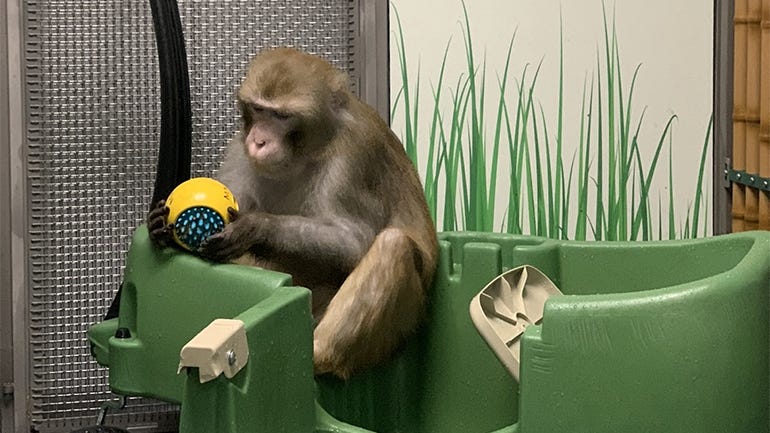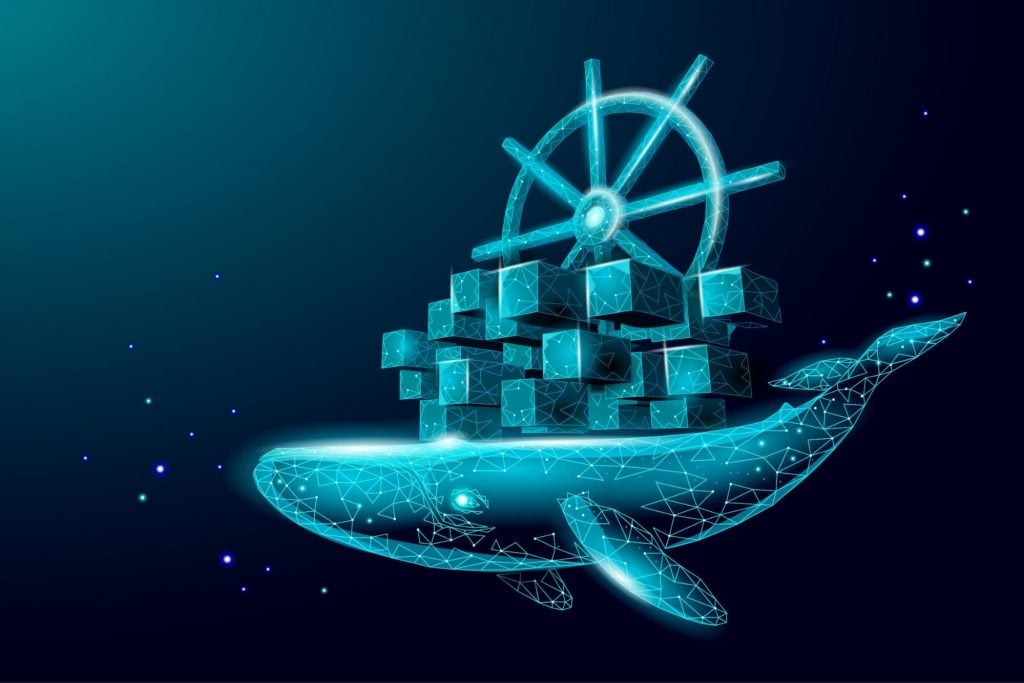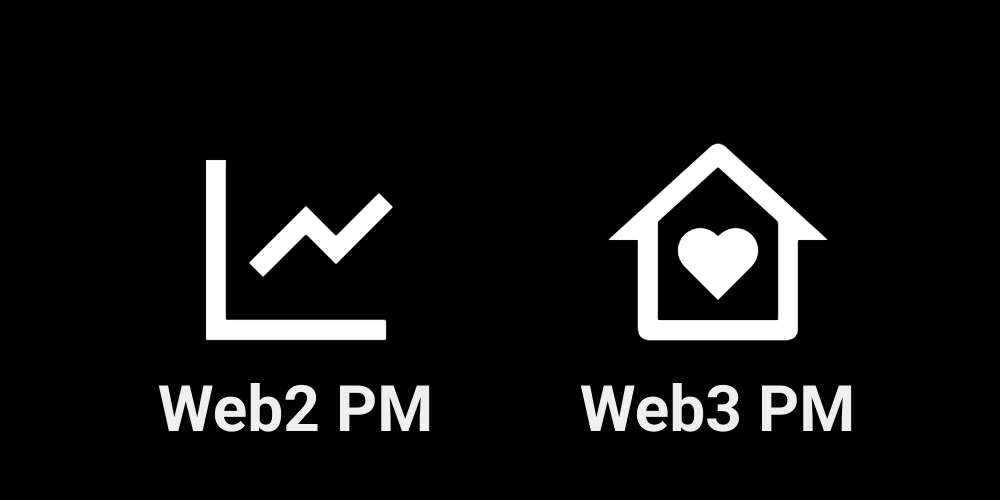Metaverse: Making it a universe for all

With a lot of speculation and little clarity about how it will work, technology
companies and governments are only starting to invest in the concept. However,
these investments and innovations continue to be riddled with the same concerns
that various social scientists and philosophers have been asking of the promises
made by the internet and social media. Set off to “democratise the good and
disrupt the bad”, the internet has actively helped in the creation of
international monopolies holding powers more than governments of nations.
Although it has brought immense information to our fingertips, gatekeepers of
knowledge still continue to profit by encouraging exclusion, our social
relationships have taken a back-seat as we become increasingly affected with our
identities online, and many vulnerable groups are left behind due to
infrastructural inaccessibility to phones, laptops, computers, and the internet.
As the world speculates to step in the metaverse in the next decade, these same
questions come to the fore.
How to manage software developers without micromanaging

If software developers detest micromanaging, many have a stronger contempt for
yearly performance reviews. Developers target real-time performance objectives
and aim to improve velocity, code deployment frequency, cycle times, and other
key performance indicators. Scrum teams discuss their performance at the end of
every sprint, so the feedback from yearly and quarterly performance reviews can
seem superfluous or irrelevant. But there’s also the practical reality that
organizations require methods to recognize whether agile teams and software
developers meet or exceed performance, development, and business objectives. How
can managers get what they need without making developers miserable? What
follows are seven recommended practices that align with principles in agile,
scrum, devops, and the software development lifecycle and that could be applied
to reviewing software developers. I don’t write them as SMART goals, but leaders
should adopt the relevant ones as such based on the organization’s agile ways of
working and business objectives.
Neuralink: Elon Musk's brain implant firm refutes animal abuse claims

The complaint centers on the care provided to test monkeys during and after
implant and removal procedures at UC Davis. PCRM alleges that Neuralink and UC
Davis staff failed to provide monkeys with adequate veterinary care, used an
unapproved substance called BioGlue that killed monkeys in the experiments, and
euthanized several monkeys. Details of the monkies' conditions were revealed in
documents released by the university after PCRM filed a public records lawsuit
in 2021. Neuralink says that during the 2.5 years at UC Davis, its tests were
only conducted on cadavers or "terminal procedures", which involved the "humane
euthanasia of an anesthetized animal at the completion of the surgery." "The
initial work from these procedures allowed us to develop our novel surgical and
robot procedures, establishing safer protocols for subsequent survival
surgeries," the company says. During survival studies, Neuralink says two
animals were euthanized at planned dates and six animals were euthanized at the
medical advice of UC Davis veterinary staff.
Creating a more sustainable IT department

Technical debt requires more infrastructure, which results in more and more
carbon emissions. In addition, technical debt requires more manual processes.
For example, if we have three different ERP systems that are not integrated, it
takes more manual effort just to extract the reports for financial reporting,
which results in more paperwork. Technical debt accumulation results in much
more latency in processes, much more manual effort, much more infrastructure --
and all that adds to our carbon footprint. Because of that we in the technology
group also have an eye toward not accumulating net new technical debt. We do
that, in part, by looking at how we manage our vendors so we don't end up buying
similar products [for different areas of the business] as well as how we
introduce new technologies into our ecosystem to avoid duplication and to ensure
they can scale across the organization. ... Continued hybrid and flexible
working options for our employees also helps us support reduced emissions
because employees don't have to commute. We have also implemented our own
business systems management platform that facilitates hot-desking in the
workplace.
How Dutch hackers are working to make the internet safe

However happy the foundation was with the donation, it did lead to a slight
panic. “It was just before the turn of the year, the term ‘wealth tax’ came up,
so we hastily set up a fund and found an administration office to handle the
annual accounts,” says Van ’t Hof. This accelerated the professionalisation of
the foundation. A new structure was set up, with DIVD as the fundamental
institute. “Victor Gevers was the chairman of that before, but because we wanted
a different structure, that stopped and we had to look for a director.
Surprisingly, everyone pointed in my direction. I took on that task,” says Van
’t Hof. Under the flag of the DIVD Institute is the fund that is meant to bundle
all subsidies, donations and other money flows. “From that fund, we can finance
projects that contribute to a safer internet,” explains the DIVD director. To
give shape to the global ambition, a separate foundation was also set up,
CSIRT.global, of which Eward Driehuis is in charge. “That foundation will set up
departments in other countries so that volunteer hackers there can also help to
scan and report,” says Van ’t Hof.
How to Run a Cassandra Operation in Docker

Containers thrive in a world of modern applications that demand faster delivery,
better portability and seamless scalability. Gartner predicts that by 2022, more
than 75% of global organizations will be running containerized applications in
production. The steam behind this growing trend is none other than Docker.
Docker is an open source containerization platform that lets developers package
applications into containers that include everything they need to run in
different environments. For enterprises, however, it can be tricky to manage
individual Docker containers at scale, giving way to the popular container
orchestration platform: Kubernetes (K8s). In short, Kubernetes makes it easy to
deploy, manage and scale containers — and is the dominant orchestration platform
used in enterprises today. This makes learning Kubernetes a must for every
budding application developer; but first, you need to understand containers and
Docker. In this Cassandra Operations in Docker workshop, you’ll become familiar
with Docker and learn how to deploy a cloud native application in containers.
MIT Develops New Programming Language for High-Performance Computers

The ATL project combines two of the main research interests of Ragan-Kelley and
Chlipala. Ragan-Kelley has long been concerned with the optimization of
algorithms in the context of high-performance computing. Chlipala, meanwhile,
has focused more on the formal (as in mathematically-based) verification of
algorithmic optimizations. This represents their first collaboration. Bernstein
and Liu were brought into the enterprise last year, and ATL is the result. It
now stands as the first, and so far the only, tensor language with formally
verified optimizations. Liu cautions, however, that ATL is still just a
prototype — albeit a promising one — that’s been tested on a number of small
programs. “One of our main goals, looking ahead, is to improve the scalability
of ATL, so that it can be used for the larger programs we see in the real
world,” she says. In the past, optimizations of these programs have typically
been done by hand, on a much more ad hoc basis, which often involves trial and
error, and sometimes a good deal of error.
Goal-Driven Kanban
Adopting goal-driven Kanban was done in one team. Initially, the team used
Scrum. Due to the nature of the business, the team had a significant
percentage of tasks that were dependent on other teams and various
stakeholders and thus the team continuously was not able to complete them in
time. Naturally, this caused frustration, and the team decided to switch to
Kanban. This cured the issue but over time, the team members started feeling
that they work as a “feature factory”. They were missing challenges. Thus
Goal-Driven Kanban was born. After receiving management support and agreement
with Product Management, the team chose their first goal. It immediately
revealed the need to re-plan other features and tasks since the team had to
re-focus on the agreed goal. It required rough estimation of the goal,
understanding of the team capacity and further agreements with stakeholders.
While working on the goal the team had to tackle various challenges, because
the bar was high and the team had to all work together doing overall design
and development.
A product manager’s guide to web3

Many PMs develop skills like “communication” and “influence” at larger
organizations, or even startups where they need to work closely with founders
and rally overworked teams. This makes sense because persuasion and
coordination have been core to the web2 PM job. Those skills don’t matter as
much here. Web3 PM is more focused on execution and community—like signing a
big new protocol partner or getting tons of anon users via Twitter. In web2 I
was afraid to tweet much, for professional consequences. Now I’d be
untrustworthy if I didn’t tweet a lot. Making a viral meme is more important
than writing a good email. That is because getting positive attention in the
frenetic world of web3 is more valuable than “alignment.” ... Web3 moves too
quickly for pontification; new protocols launch daily and DeFi concepts like
bonding curves and OHM forks are being tested in real time, so visions and
strategies quickly become outdated. This may change over time as the space
matures and product vision becomes more of a competitive advantage.
NIST releases software, IoT, and consumer cybersecurity labeling guidance

The order asked NIST to produce guidance for federal agency staff who have
software procurement-related responsibilities and is intended to help federal
agency staff know what information to request from software producers
regarding their secure software development practices. The new NIST document
spells out minimum recommendations for federal agencies to follow as they
acquire software or a product containing software. The order also directed
NIST to define actions or outcomes for software producers, such as
commercial-off-the-shelf (COTS) product vendors, government-off-the-shelf
software developers, contractors, and other custom software developers. ...
NIST notes that its guidance is limited to federal agency procurement of
software, which includes firmware, operating systems, applications, and
application services, as well as products containing software. Software
developed by federal agencies is out of scope, as is open-source software
freely and directly obtained by federal agencies.
Quote for the day:
"Leadership is liberating people to do
what is required of them in the most effective and humane way possible." --
Max DePree
No comments:
Post a Comment